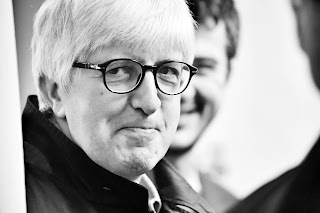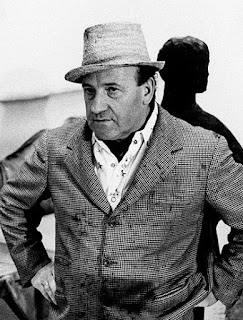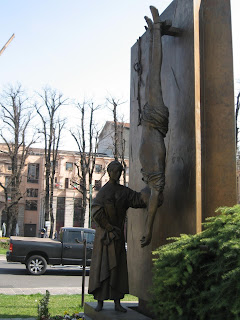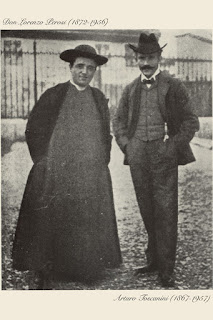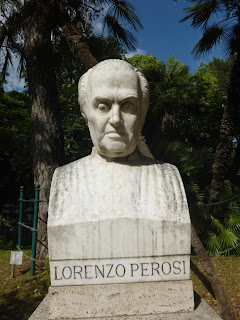Horrifying end to Christmas celebrations
 |
| The departure hall at Fiumicino in the aftermath of the 1985 attack |
The attack, which claimed the lives of 16 people, took place shortly after 9.05am, when the four perpetrators approached the check-in desks of Israel's El Al Airline and the United States carrier Trans World Airlines.
Israeli secret services were aware that an attempt either to hijack a plane or stage an attack on the ground was being planned between December 25 and 31 in Rome and an Israeli security officer became suspicious of the quartet as he watched their movements in the departure hall.
However, when he stepped forward to challenge them, they produced assault rifles and began firing, at the same time throwing grenades.
The Israeli officer was killed and in the ensuing gunfight, involving more Israeli security staff and Italian police, some 12 passengers were fatally wounded. They included Americans, Mexicans, Greeks, Italians and at least one Algerian.
 |
| The entrance to Fiumicino Airport today |
A simultaneous attack at Vienna International Airport resulted in three more passenger deaths.
The attacks were at first blamed on the Palestine Liberation Organization (PLO), but its leader, Yasser Arafat, denied the accusations and denounced the strikes. Responsibility was later claimed by the breakaway PLO faction, the Abu Nidal Organization, in retaliation for the Israeli bombing of PLO headquarters in Tunis three months earlier.
The United States accused Libya, who praised the attacks as "heroic", of funding the terrorists who carried out the attacks. The charge was denied. Italian secret services blamed Syria and Iran and in 2013 a court in the United States ruled that Syria owed the victims of the attacks $1 billion each in compensation.
Ibrahim Khaled, the only survivor among the Rome attackers, was sentenced in 1988 to 30 years in jail. Abu Nidal himself was sentenced to life imprisonment in his absence. Khaled had told investigators that both the Rome and Vienna operations had been carried out by Abu Nidal's guerrilla group and that the attacks had been planned in Damascus with the apparent consent of the Syrian authorities.
The Rome attack took place 12 years after 34 people died at Fiumicino - 30 of them on board a Pan American aircraft on the runway - during another attack by Arab terrorists.
Travel tip:
While best known as the location of Rome's largest international airport, Fiumicino, which is situated at the mouth of the Tiber, about 30km (19 miles) from the centre of the capital, is also a resort town and fishing centre with a population of almost 78,000. Attractions include the Oasi di Macchiagrande nature reserve, the Museum of Roman Ships and an art museum, the Pianeta Azzurro.
 |
| Some parts of Ostia Antica are stunningly well preserved |
Across the Tiber from Fiumicino, the remains of the ancient Roman city of Ostica Antica, represent an underappreciated gem. Beautifully preserved - more so than the volcano-ravaged Pompei - the site occupies around 10,000 square metres, radiating from a mile-long main street. There are many houses and apartment blocks, plus warehouses and public buildings, and an impressive amphitheatre. The city used to be Rome's port but the natural changes in the geography of the coastline over the centuries mean that it is now 3km (2 miles) inland.
More reading:
Kidnap of ex-PM Aldo Moro stuns Italy
Red Brigades seize NATO boss in Verona
Death of a terror suspect that inspired a Dario Fo play
Also on this day:
(Picture credits: Fiumicino Airport by Ra Boe; Ostia Antica by Jean-Pierre Dalbéra; via Wikimedia Commons)
Home

